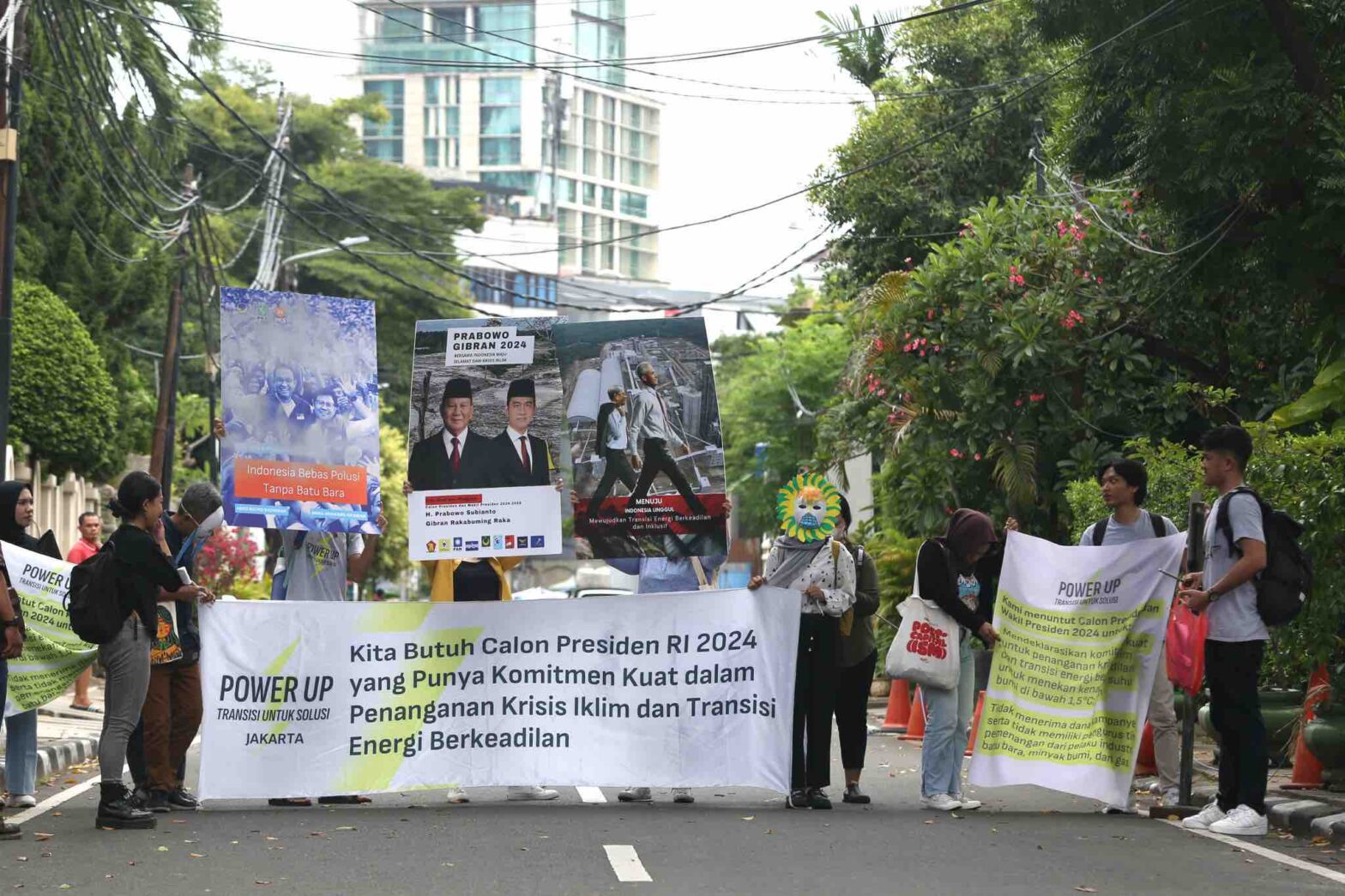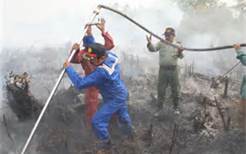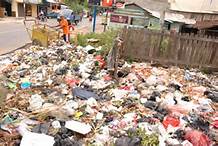The village of Tana Towa in Indonesia’s South Sulawesi province is home to the Kajang tribe, an indigenous community whose lives rely heavily on agroforestry, a scheme under which farmers combines trees and crops.
In the past 40 years, the Kajang’s customary law has successfully protect hundreds of hectares of its verdant forest, keeping in barely exposed to conversion and massive exploitation. Such preservation of forest is rare in Indonesia, which experienced pervasive conversion into large-scale plantations.
The Kajang believes that God is closely watching how they interact with the forest. For this reason, the forest is preserved like a sacred places. It believes that the first human comes from their forest, and considers it as Eden.
Thus, defying modernisation and fear that modern machinery may taint their simple life, the Kajang has opted to use organic and traditional methods to cultivate their forest. To continue the sustenance of their livelihood, the Kajang plant coffee and clove agroforestry in the forest, which takes a third of the village — the biggest major single land use in the village.
A new study by Southeast Asia Trees and Markets Units in International Centre for Research in Agroforestry (ICRAF) said that small scale agroforestry as applied by the Kajang people, despite poorly recognised, is a viable solution to global environmental goals and local economy.
“The community should be recognised as a steward of the natural environment, particularly since most natural forests in Bantaeng and Bulukumba have been converted to other land uses,” said James Roshetko, the head of the ICRAF unit who conducted the research as part of his PhD thesis.
“Smallholders represent climate smart options that improve productivity and flexibility in the agricultural landscape under anthropogenic climate change,” Roshetko tells SciDev.Net.
He said there need to be more political support of the example of smallholder agroforestry in South Sulawesi because “neither the customary community nor its claims on the forest are legally recognised,” at the moment, he said.
The research, released on April, analyses the global, as well as Asia, deforestation, human population growth, demand for forest and tree products, and agroforestry policies in Indonesia and the Philippines.
However, the result and conclusion could be applied to a wide range of agroforestry system in Southeast Asia and throughout the tropics.
With a combination of secure land tenure, supportive government policies, technical and marketing support, and other enabling conditions, smallholders like the Kajang can store significant quantities of carbon, while at the same time provides benefits to the environment, such as replenishing soil fertility, protecting water catchment, conserving biodiversity conservation, and reducing global production pressures on the nature.
The market orientation of smallholder systems has strengthened greatly in the past 20 years. It produces 90% cacao for the global market, three quarters of rubber, two thirds of coffee, 40% oil palm, and 25% tea. In Indonesia, these numbers are higher, with smallholders producing 92% cacao for national, 80% rubber 96% coffee, 39% oil palm, and 26% tea.
Meanwhile, Phillip Manalu from the Center for International Forestry Research (CIFOR) emphasizes that more research is needed to identify different kind of possible shocks that can have devastating impacts to smallholders agroforestry. “This can increase their resilience to shocks, as well as their benefits from agroforestry,” he said.
Link to Roshetko thesis http://sl.life.ku.dk/





